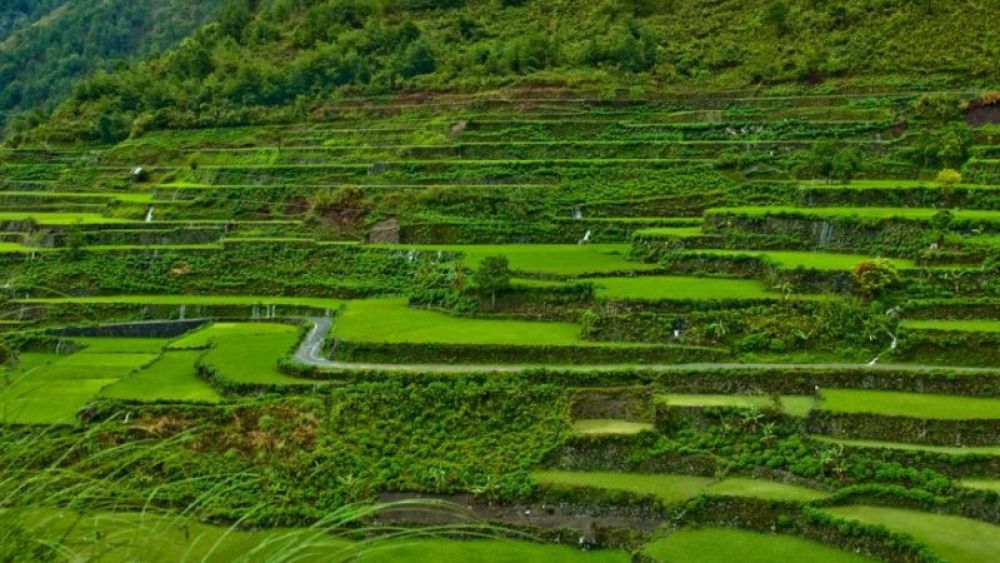

The history of tourism in Kohima, the hilly capital of Nagaland, can be traced back to the early interactions between the indigenous tribes and the outside world. However, organized tourism in Nagaland is a relatively modern development, gaining momentum only in the latter part of the 20th century.
In the 19th century, with the British expedition into the Naga hills, the region of Kohima began to see outsiders take an interest in its unique culture and landscape. Initially, Kohima's tourism was limited primarily to colonial officers, missionaries, and anthropologists who were there for work rather than leisure.
After India's independence in 1947, and Nagaland becoming a full-fledged state in 1963, tourism slowly started to find a place, albeit struggling due to political unrest in the region. It was not until the 1970s and the 1980s that Nagaland started to promote tourism actively. Nonetheless, Kohima, with its historical significance, particularly the fierce battle of Kohima during World War II, began attracting war veterans and history enthusiasts.
The turning point for Nagaland's tourism was the inception of the Hornbill Festival in the year 2000. Considered as the 'Festival of Festivals', it showcases the rich cultural heritage of the Nagas. Kohima, being the hub for this grand event, has seen a consistent rise in tourist footfall every December when the festival is held.
In recent years, eco-tourism and cultural tourism have emerged as the latest trends in Kohima. The region's pristine nature and cultural richness are being marketed to tourists worldwide. Efforts to provide authentic experiences through homestays with local families, cultural tours, trekking, and bird watching have given a significant boost to the local economy.
The state government, in collaboration with several NGOs and local communities, is working towards enhancing the tourism infrastructure while preserving the ecological balance and cultural integrity of Kohima. Alongside the natural attractions, Kohima is also gaining popularity for its unique northeastern cuisine, handlooms, and handicrafts.
Despite the growth, tourism in Kohima faces challenges such as the need for better connectivity, improved infrastructure, and more widespread awareness. The emphasis is increasingly on sustainable tourism practices to ensure that the natural and cultural heritage of Kohima is preserved for future generations.
The continued success of tourism in Kohima highly depends on a balanced approach that respects the land's traditions while welcoming visitors to experience the charm and diversity of Nagaland.